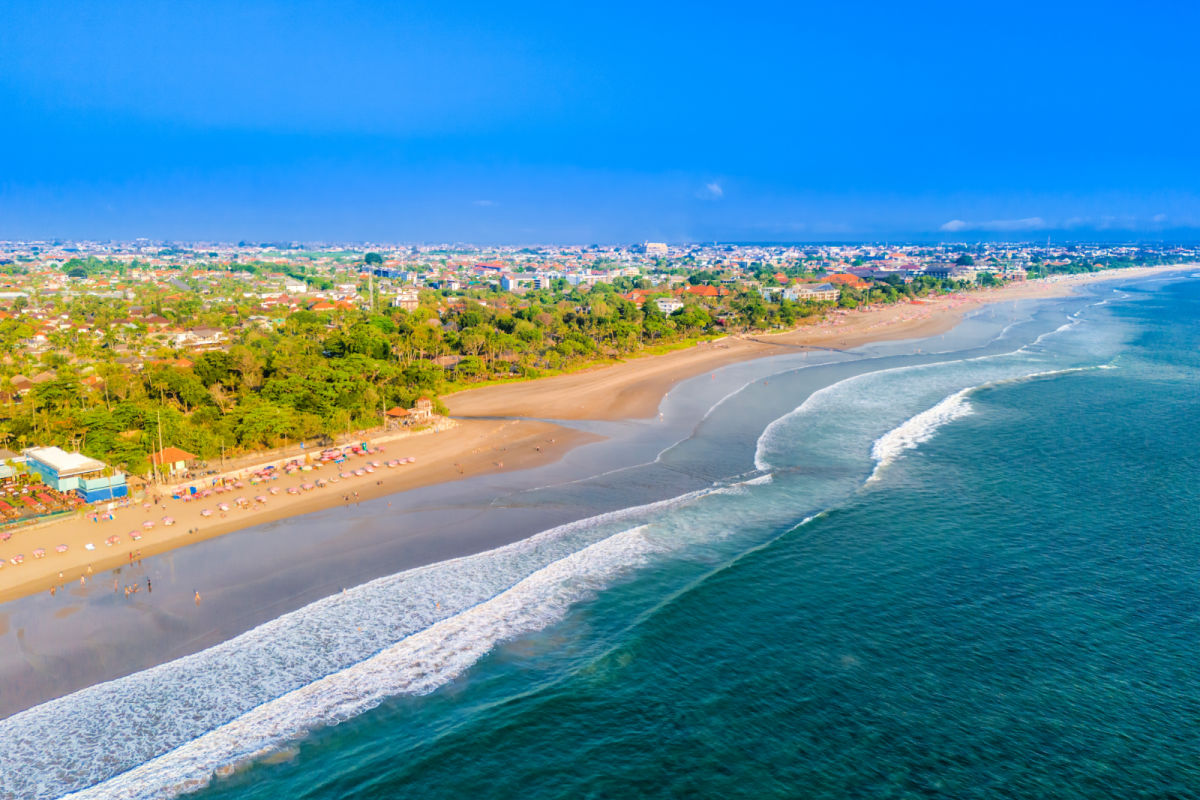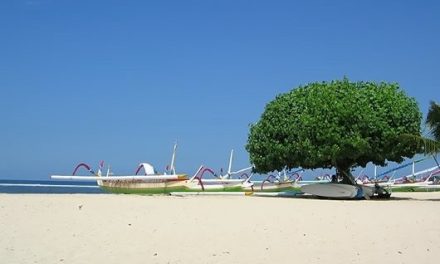Bali’s beautiful coastline is not just a vacation destination; it’s a life source for its residents and a vital part of its ecosystem. Sadly, Bali’s coastline and lush rice paddies are shrinking.

The Urgent Need for Landscape Management
As these concerning changes become more apparent, experts, politicians, and community leaders are calling for immediate action to manage Bali’s landscapes effectively. I remember wandering along these beaches, witnessing firsthand the changes that take place. The once sprawling beaches feel narrower each year, and while the views are still breathtaking, the reality beneath the surface is alarming.
Insights from Experts
Dr. Hayati Sari Hasibuan, a lecturer at the University of Indonesia’s School of Environmental Sciences, highlights the critical need for Bali Province to reconsider its approach to tourism development. Speaking to reporters, she stated, “If extreme weather like in Valencia occurs, it is indeed difficult to anticipate; no matter how good the city planning is, the city will be affected.”
However, she emphasizes the importance of protecting Bali’s tourism areas from the rising sea levels. “Beach tourism is one of Bali’s strengths,” she asserts, and protecting this asset must be a priority.
What the Data Shows
Recent research published in the *Regional Studies in Marine Science Journal* revealed a troubling statistic: Bali’s coastline has shrunk from 668.64 km to just 662.59 km between 2016 and 2021—an average loss of over a meter per year. This data points to an urgent need for collective action to prevent further erosion.
Many local communities and environmental advocates are now urging both provincial and central governments to halt the sale of permits for beachfront developments. It’s akin to watching a slow-motion tragedy unfold right before our eyes. Imagine planning your dream vacation only to find that the paradise you once knew has been replaced by high-rises and beach clubs.
Proposed Solutions: The Moratorium
To combat this alarming trend, a moratorium is being drafted that would impose a two-year ban on new tourism development in various regions, including Badung, Gianyar, Tabanan, and Denpasar. Picture this: Bali’s cherished spots like Canggu, Seminyak, and Ubud without the ominous skyline of new constructions looming above them.
This movement also extends to the gorgeous Nusa Penida, a hotspot for both tourists and locals alike. It’s a critical step towards preserving these beloved areas. When reminiscing about my last visit to Bali, I fondly recall the serene beaches of Nusa Penida, untouched and pristine—let’s keep them that way.
Protecting Natural Buffers
Dr. Hasibuan suggests maintaining natural buffers like mangrove forests. These green jewels serve as protectors not just for the coastline but also for local wildlife. “Mangrove forests must be maintained,” she stresses. It’s a simple yet profound truth—nature has a way of protecting itself if we only allow it to.
Learning from Global Examples
Many other nations, including Japan and Hong Kong, have successfully implemented protected zones along their beaches. Picture a serene beach experience where visitors can enjoy the sand and sea without the encroachment of cars and commercial properties. Dr. Hasibuan points out the dangers of unrestricted access, especially at crowded locations like Kuta. It’s a reminder that the safety of both tourists and locals should be prioritized.
Conclusion: A Call for Responsible Management
We must advocate for responsible management of both the tourism sector and the environment. It’s not just about profit; it’s about preserving a way of life. The government should also establish guidelines that allow for public access to beaches, ensuring that everyone can enjoy these natural wonders.
In closing, Dr. Hasibuan urges, “The Bali government must implement visitor quotas adjusted to capacity.” Until we approach tourism with a mindset of sustainability, we risk losing what makes Bali, well, *Bali*. With the moratorium on tourism development expected to take effect soon, it may be our chance to rethink tourism on this paradise island.
As we await these changes, let’s hope that we can preserve the magic of Bali for future generations.






